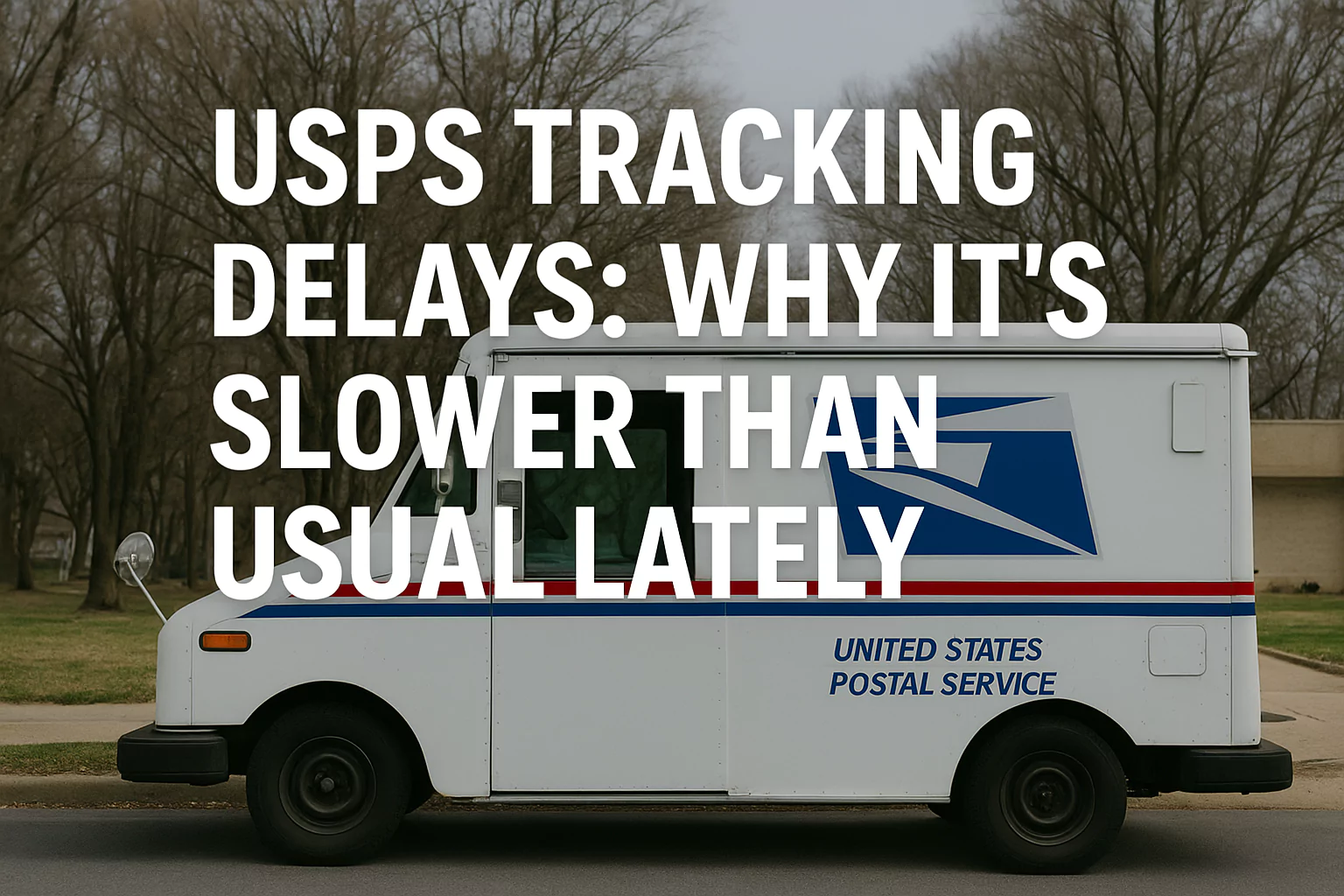How To Decide Partnership Percentage? (Detailed Insights!)

Business structures can be versatile, and partnership is one of them. Deciding on the partnership percentage can be tough if you are in a partnership relationship with a business. However, partnerships comprise 2 or more people or firms doing the business and dividing the profits and losses among themselves.
How to decide the partnership percentage, by the way? The ultimate division of profit and losses among business partners depends on multiple factors. It’s better to draft an agreement that will include the exact divisions and outline the terms and conditions. Let’s check out what one should consider when it comes to the calculation of the partnership percentage.
5 Factors to Consider for The Partnership Percentage of Your Business
Organising your business among a specific number of shares is important to start a partnership. Additionally, the claim consists of both profits and losses to the company. A business partnership agreement should include how the profit and loss percentage should be shared with the partners.
How to decide the partnership percentage, then? Here are the 5 most contributing factors in deciding on the partnership percentage of a business:
1. Preliminary Investment
The ratio of initial investment can help you decide on the partnership percentage. After all, every business requires an initial investment to get it started. However, the initial investment can be beyond financial sometimes. For example, the business idea has originated from any of the partners.
Additionally, time and money are the most precious investments in a business, especially during the early stages. Hence, you should consider both financial and dedicated investment while deciding on the equity fair of every partner in a business.
2. Control
How to calculate the percentage of partnership in terms of control? Partners must allocate their degrees of control to establish a partnership among themselves. Indeed, the partnership agreement should determine how much control each partner has.
On the other hand, partners might vote for every partner’s percentage in the business. For instance, the agreement may mention that every partner has an equal vote when it comes to deciding matters inside a business. In this situation, you must add a provision in the agreement that conducts unanimous voting.
3. Specific Roles
What is a fair percentage for a crucial partnership in a business? Now, it’s important to consider your partners’ roles in the business. After all, you should review how vital these rules are to the business. This will help you calculate every partner’s partnership percentage or equity portion.
For instance, the Chief Information Officer or Chief Executive Officer receives larger portions in a partnership than others. Besides looking at the roles, you must evaluate how much effort and time partners invest in the business.
For example, a Chief Executive Officer has to make major decisions, but they are more likely to work part-time. Additionally, they have less responsibility for the management of the partnership. These factors should be reflected while deciding on the portion of business equity for CEOs.
4. Profit Allotment
The partnership percentage or profit allocation in a partnership is way more than understanding ownership. In general, profits get allocated proportionately to the ownership interest instead of in the form of remuneration. However, you can modify this in the partnership agreement and clearly state how the profit allocation should be.
After all, a salary is much less than a stake in the business. Keep these things in mind while allotting profits among partners.
5. Future Decision
Every equity portion might vary depending on how you want the business to run. Suppose you might add a new partner to the business. This situation can lead to greater, lower, or equal shares among business partners.
What happens if a partner wants to quit the partnership? They might not retain their ownership in this case. Otherwise, they might consider selling their portion of the business to other partners. Hence, you must reconsider such incidents and consider what should legally be done to decide the partnership percentage.
What if you Include a New Partner in the Partnership?
Conflicts are common when it comes to how to calculate the partnership percentage. In the near future, a new partner might join the partnership down the road. What will happen, then?
Chances are that founding partners will receive more stake than new partners. However, you must decide how much equity the new partners will get. Are existing partners required to give up an equal number of shares in this condition?
Or, the equity portion can be determined in terms of the percentage of investment. All these new inclusions can be confusing if you don’t determine them at the very beginning. So, draft these factors in the partnership agreement to avoid dispute.
If a Partner Wants to Leave the Business…
It’s quite common for partners to drift away if required. Whenever a partner wants to leave a business, the following situations might arise:
- You allow them to keep their shares but not voting rights
- Other partners might buy their shares
To buy out a member or their shares of the company, you must appropriately assess the value of the business. Thus, you will get the current value of the shares of that specific partner. If necessary, you can hire a business valuation service to figure out the actual worth of the partner’s shares.
Furthermore, you have to consider what happens to a partner’s shares if they die. Then, 2 following options are there:
- Passing on their shares
- Dividing those shares among existing partners
However, make sure that you document all these teeny-tiny details and what you should do to decide on the partnership percentage.
Work Toward a Partnership Agreement
Discuss all the things mentioned above with your partners before proceeding with how to determine the partnership percentage. The next task is to encode them in a partnership agreement document. Remember, this is the founding documentation of a partnership or company.
Therefore, you have to hire a legal expert. Once the agreement is ready, all partners should review it and pay attention to every detail. Thus, it will save partners from getting involved in a conflict in future.
Be sure about the total number of shares. After that, you can divide them among partners. Don’t forget that shares refer to ownership, profits, and losses. However, your agreement specifies required modifications according to the partnership requirements.
Finally, partners must sign the drafted agreement and notarise it. You might have to submit a copy of this agreement to the state, depending on your state’s requirements.
In Conclusion…
How to divide the ownership between 2 or more partners can be tricky. However, the above considerations are a must to calculate the percentage of partnerships. Dividing equity portions depending on initial investment is comparatively easier, but it doesn’t provide fairness, especially for the long term. Therefore, talk to your partners and set a bunch of ground rules to resolve conflicts regarding dividing up ownership.









